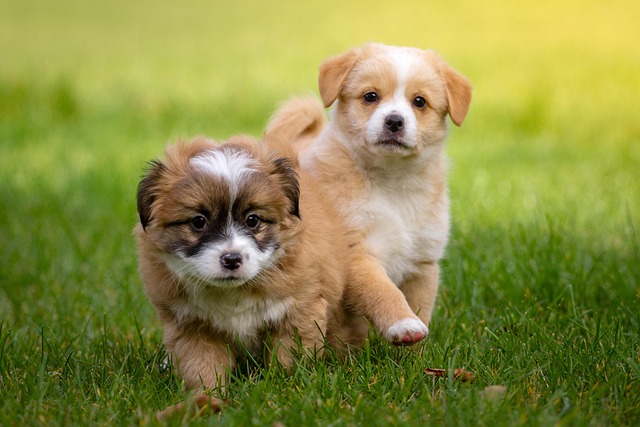
What is glaucoma in a dog?
You might notice your dog squinting more at mealtime or avoiding bright sunlight—these small changes could be early signs of a serious eye condition.
There’s nothing like the post-bath glow of a clean pup—until you glance at the drain, the walls, and your shirt, all coated in a fluffy layer of loose fur. For new dog owners, especially those in tight city apartments, deshedding during baths can feel less like a chore and more like a battle against a never-ending fur storm. But with the right approach, bath time can turn from a mess into a chance to bond while slashing that loose hair by half.
First, let’s break down why baths work. A dog’s coat has two layers: the top guard hairs and the soft undercoat, where most shedding happens. Warm water (not hot—think 100-104°F, like a baby’s bath) opens up hair follicles, loosening dead undercoat that’s been clinging on. Skipping this step means that fur will end up on your couch, your clothes, or worse, your neighbor’s hallway rug later. It’s not just about cleanliness; it’s about keeping their skin healthy too—overwashing strips natural oils, which can make shedding worse long-term.
So, let’s get to the how-to. Start by laying a rubber bath mat—trust me, a sliding pup in a tub will turn your bathroom into a demolition zone, and scared dogs learn to hate baths fast. Wet them gently, starting from the shoulders down to the paws; avoid the face (a damp washcloth works here). Lather with a dog-specific shampoo (human stuff is too harsh) using slow, circular motions—think of it as a massage, not a scrub. Here’s the pro move: grab a rubber curry comb or a slicker brush and run it through their coat while sudsy. The soap acts like a lubricant, letting the brush catch loose fur before it floats away. Rinse thoroughly—leftover soap irritates skin, which leads to more scratching and shedding.

After the bath, skip the rough towel rub. Blot instead—patting with an absorbent towel is gentler on their coat. Then, while they’re still damp, hit them with a pin brush (or the same curry comb) to catch any last bits of loose fur. If you use a hairdryer, keep it on low heat and hold it 6 inches away—high heat damages hair follicles. My friend in Chicago, who owns a husky, swears by this: she keeps a little treat bag by the tub, and every time her pup sits still for brushing, he gets a tiny piece of cheese. Now he runs to the bathroom when he hears the water—positive reinforcement works wonders, and yelling or scolding? That’s a one-way ticket to bath phobia, which no one wants.
Let’s talk the rules, too—because being a good dog owner in the U.S. means knowing the ropes. Make sure your pup’s vaccines are up to date (rabies shots are legally required in every state, and most cities check for proof if you take them to parks). When you take them out post-bath, even if they’re looking extra fluffy, always carry biodegradable poop bags. I once saw a neighbor get fined in Denver for skipping this—community clean-up keeps everyone happy. And in apartments? That fur you pulled during the bath? Don’t let it go down the drain. Use a drain strainer, then toss the clumps in the trash. Clogged pipes mean angry landlords, and no one wants that.
By the end, you’ll have a cleaner dog, less fur in your life, and a pup who sees bath time as a treat—not a terror. Plus, you’ll be nailing those neighborly vibes, whether you’re in a NYC high-rise or a suburban cul-de-sac.

You might notice your dog squinting more at mealtime or avoiding bright sunlight—these small changes could be early signs of a serious eye condition.

Let’s set the scene: It’s a sweltering Phoenix afternoon—105°F outside—and you rushed your 2-year-old Lab mix, Cooper, on a quick walk to “get it over with.”

Let’s get real: You’re in your Miami apartment, watching your 3-year-old Corgi, Loki, struggle to climb the stairs to your second-floor unit.

Many dog owners brush off occasional scratching as just “dog behavior,” but persistent itching often signals something more—like a food allergy.

You might first notice your dog scratching more than usual—chewing at their paws until the fur looks thin, or rubbing their face against the couch nonstop.

Let’s be real: You’re standing in your Chicago apartment, watching your 3-year-old Beagle, Max, huff and puff just to climb onto the couch.